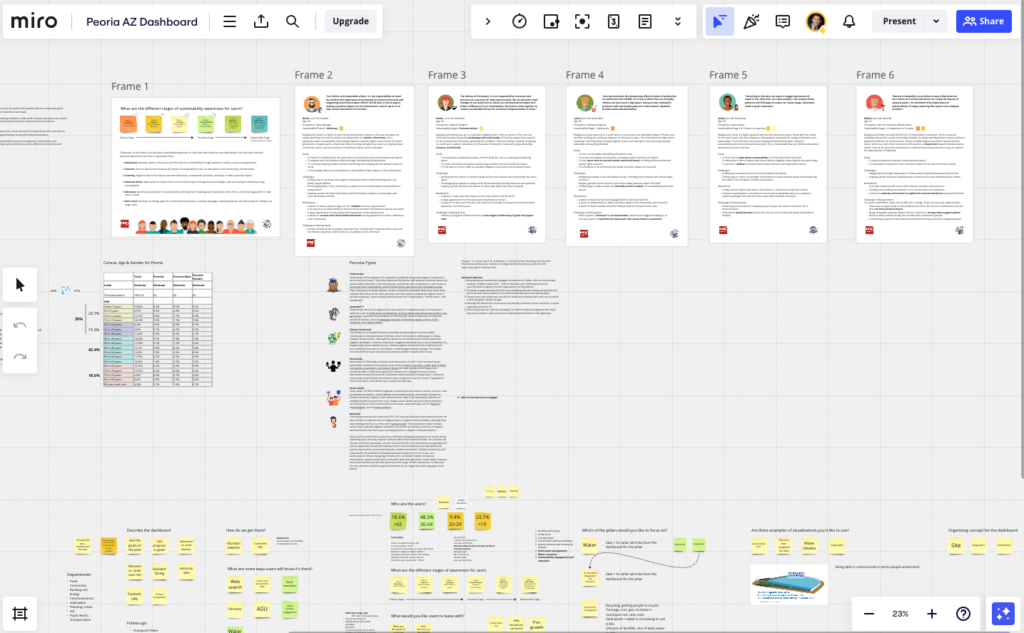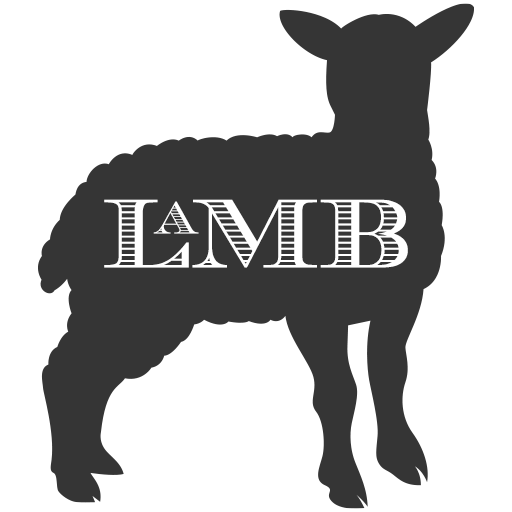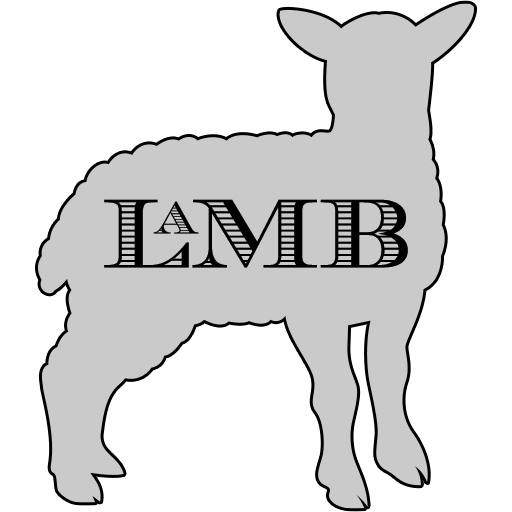Anecdote from the Field: AI Chat and Rapid UX
In the rapidly evolving field of UX consulting, one powerful yet often overlooked phenomenon has transformed our approach to creating personas and journey maps: the surprising impact of having a standard persona format as a starting point. Imagine drafting a functional user persona in just days instead of months, with AI handling much of the groundwork. Over the past few years, we’ve pioneered accelerated persona and journey map workshops, seamlessly blending these with technical environment assessments to offer clients a holistic view of their current state.

Sample Engagement Timeline
These workshops, typically spanning 4 to 8 weeks, have significantly boosted our clients’ confidence in making strategic software and service purchase decisions. What we’ve discovered is that the most substantial benefit of creating these personas and journey maps lies not in the data’s accuracy but in the ability to visualize and discuss user profiles tangibly. This tangible reality has proven to be more influential in aligning stakeholders and facilitating meaningful discussions–a finding well-supported by UX research.¹
AI to the Rescue
To illustrate the impact, our AI-assisted approach has significantly boosted our traction in the sales cycle, leading to more meaningful and consultative client relationships. We have been able to effortlessly create strawman artifacts in just an hour or two, adding value even to projects that didn’t originally include persona and journey mapping. For instance, a luxury hospitality, golf, and spa chain has used these quick-turnaround personas and journey maps to tailor features to specific customer journey phases. This has allowed them to identify and focus on seven distinct guest personas, ranging from family vacation planners to golf purists and corporate event planners, ultimately positioning us favorably for follow-on delivery work.
Nielsen Norman Group (NNG) has identified In their work 3 key persona types: proto personas, qualitative personas, and statistical personas.² In our UX workshops, we start with proto personas, but in a master stroke of usability innovation, we named our proto personas the more appropriate moniker “starting-point personas.”
To create the persona, we lead the client on a path of discovery. It’s a path that leads to persona-thinking. Persona-thinking allows them to see their initiative through the lens of their customer relationship lifecycles. Without that four-dimensional perception, it will be almost impossible for them to identify the very best solutions.
We start down the path of discovery with a generic customer persona. This is where AI has provided a significant lift with the simplest of prompting. We have been able to efficiently add AI-generated photos as well as starter content.

Screenshot from OpenAI
This AI-generated conversation swiftly transforms into a tangible artifact, detailing a customer’s needs, thoughts, pain points, and behaviors in a persona format. This persona helps the client visualize and articulate who their customers are. Even without extensive research, the persona format and the process of completing it have provided significant upfront value. So the question now is: what is the shortest route to the highest value we can derive from this artifact?
From John to Jane
Let’s take “John the Generic Persona” as an example: During the first call with the client, they tell us their customer is in their 40s, is female–so John is actually Jane–she has small children, and spends a lot of her time in her hybrid car listening to satellite radio. She accesses the client’s application on her tablet before and after work. From a simple conversation with the client, we have been able to layer on customer detail with minimal effort. Then we can allow the AI large language model (LLM) to help us with that layering.
AI has generated some interesting persona concepts as we’ve combined what we’ve heard from the client with various other sources of data. Our prompts have evolved through the back-and-forth of AI coaching to produce relevant and unique persona attributes. The results have been great raw material and have done a lot of the grunt work for us.
When we’ve edited the results of the AI to produce a deliverable, we have a hypothesis, a.k.a. the “starting-point persona.” I would usually just call it a persona, but to the purist, we would need more research to verify all the assumptions made. This starting-point persona is perfectly useable for plotting a journey map. The journey map, which follows our persona through the phases of their relationship with the client, is where all the insight lies. Research confirms the idea that personas and journey maps together provide a much more comprehensive understanding of customer experiences.⁴
Journey Maps Provide Context
To produce these “accelerated” journey maps, we have gone one of two ways. First, we’ve used available research–such as from Forrester, Gartner, or the client’s own data–to help us further train the AI. We’ve prompted it to apply our persona to the journey phases suggested by the research. Alternately, we have trained the AI to identify reasonable phases in key journeys. Then we have applied our selected personas to those key journey phases to create maps. The maps need human analysis to see trends, look for patterns, and highlight significant points in the journey. I have typically drafted this in Excel or Miro.

Workshopping in Miro
Next is feature identification, typically from pain points, opportunities, or comparable journey map attributes. This exercise is an extended conversation that helps build consensus while defining a common vocabulary for true consultative conversations.
Method in Practice
I’ve been consulting via accelerated personas and customer journey maps in this way since LLM chat became widely available with OpenAI’s release of GPT-2 in 2019. Before that, I had created similar artifacts through months of interviews, research, and observation. The results of that effort were reliable, specific, and insightful, but few clients have wanted to pay for that effort, no matter how much they may have needed it. In contrast, we can now produce a draft in days, not months.
These efficiency gains from using AI to produce draft personas and journey maps have been attested to by analogous findings in productivity research.⁵ AI tools accelerate the initial stages of design and research, allowing for rapid iteration and feedback. For many efforts, it will be crucial to validate these drafts through further research and user testing, such as medical devices, education, and e-commerce. Counterintuitively however, further testing is many times not needed, such as with sales opportunities, internal apps, proofs-of-concept, or short-lived campaigns. In any case, these methods represent a model by which we have been able to effectively communicate user requirements fast and early in the sales and delivery cycles. It has had almost immediate value, even in draft form.
These accelerated workshops have brought multiple diverse client stakeholders and end customers to the table for solution design. This collaborative approach has provided unexpected value to the client through those “a-ha” moments, and it has reduced risk for our consultants by giving them a lay of the land before committing to a statement of work. The barrier to entry is low–so low that I have been able to draft sample artifacts from templates in under an hour to prep for a sales call. This prep work shows clients that I’ve invested time in their domain and care as much about their customers as they do.
The combination of accelerated persona and journey map creation with AI assistance not only speeds up the process but also enhances the depth and accuracy of our insights. As we continue to refine our methods and leverage AI, the potential for even greater efficiency and impact in UX design grows. This approach ensures that we stay ahead in delivering high-quality, user-centered solutions that truly meet our clients’ needs.
In summary, our experience with integrating AI into the persona and journey mapping process has proven to be transformative. It allows us to quickly generate valuable insights, foster meaningful client interactions, and ultimately deliver better outcomes. As we move forward, the lessons learned from these workshops will continue to shape and improve our approach, ensuring that we provide the best possible service to our clients.

Departure Time for Generic John
For this article, visit my profile on LinkedIn.
- Sanders, E. B.-N., & Stappers, P. J. (2008). Collaborative Design: Tools for Working Together.
- Laubheimer, P. (2021, August 15). Persona Types: Your Guide to Creating the Right User Personas. Nielsen Norman Group.
- Adlin, T., & Pruitt, J. (2006). The Persona Lifecycle: Keeping People in Mind Throughout Product Design.
- Rosenstein, A., & Hirsch, L. (2019). Journeys Through User Experience.
- Yang, Q., Srinivasan, A., Drucker, S., & Franklin, M. (2020). AI-Augmented Design: Challenges and Opportunities.



